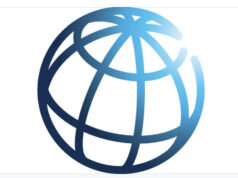2019-12-21
The Ethiopian government has recently announced a three-year reform blueprint called “Homegrown Economic Reform” for the purpose of growth, job creation and poverty reduction. The government has also announced that it has secured roughly US$9 billion external finance for the reform package. The main pillars of the economic reform include macroeconomic, structural and sector policies. There is an ongoing heated debate over the purpose, nature and priority areas of the new reform packages.
My purpose in this article is not to engage in a debate, rather point out a critical but often neglected development issue in the country, namely, regional development. There is no reference to the importance of regional development neither in the objectives nor in the outlined pillars of the reform program. This is not surprising in a country where mainstream economic assumptions often used to shape development policies. Mainstream economics is either space-neutral or space blind. The structural and sectoral polices of Ethiopia,both in the current and past governments, focus on specific instruments (such as infrastructure investment) and ignore the geographical concrete patterns in which these instruments aredeployed.
Geography shapes the economic development of a country and regions are a policy platform for action and progress. National policy and institutional framework matters for regional development. The nine national regional states in Ethiopia lack their own development strategy. Instead, they adopted the national development goals and strategies formulated by theruling party. The current top-down and sector based regional development plan has created disparities in regional development in the country. Reports compiled by the technical committee of the House of Federation of Ethiopia revealed that:
The top-down and the sector-based application of national development plan has number of limitations and undesired consequences. There is a need for a paradigm shift in regional development policy in the country. Regional development matters for the country’s future economic progress. For a discussion on the preconditions for a successful design of new regional policy in Ethiopia please read “How Regions can Develop in Ethiopia: The Need for a Paradigm Shift”. You can download it from http://uu.diva-portal.org/smash/record.jsf?pid=diva2%3A1379497&dswid=-5574
For comment I can be reached at tsegaye.tegenu@epmc.se
























